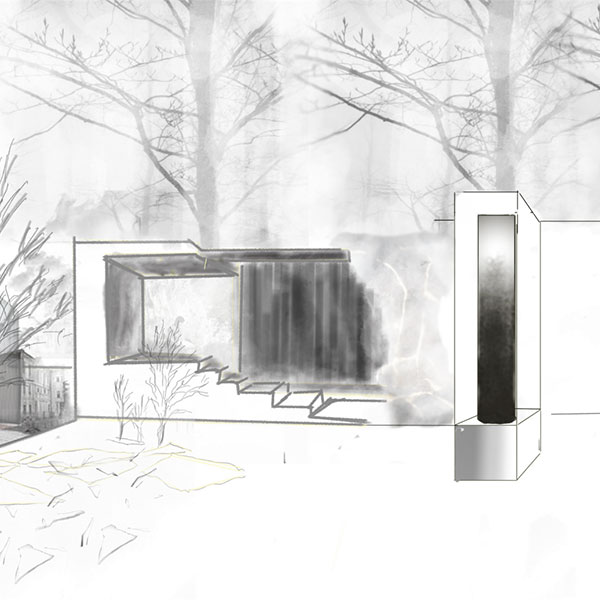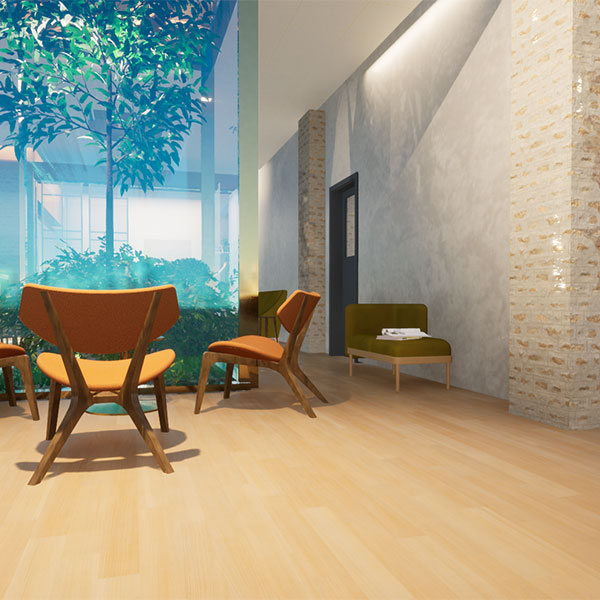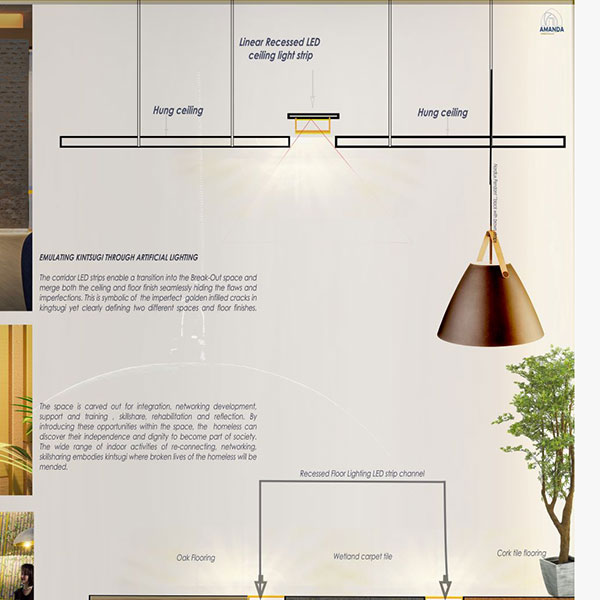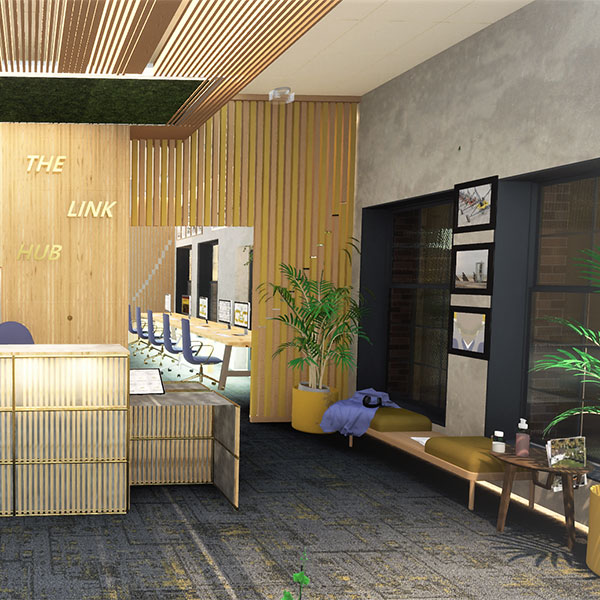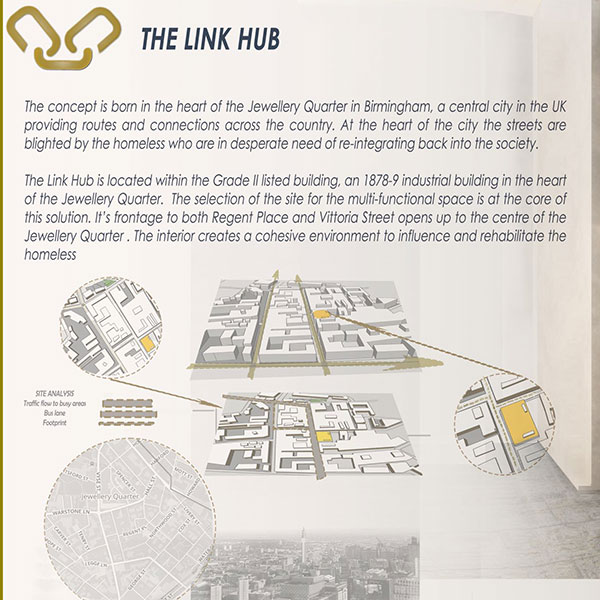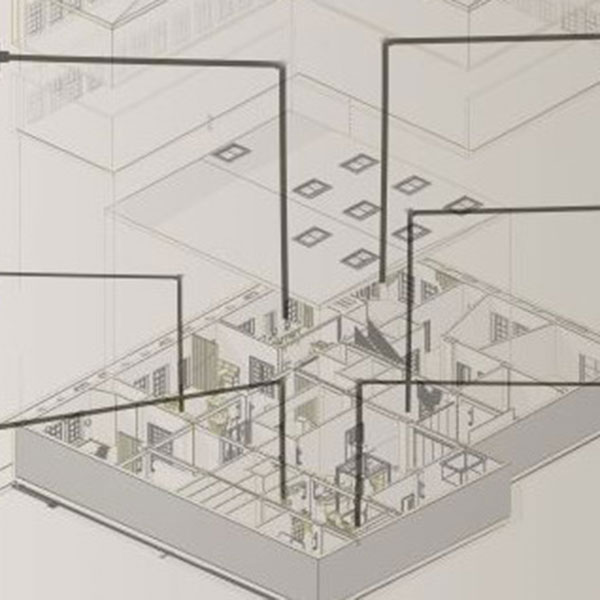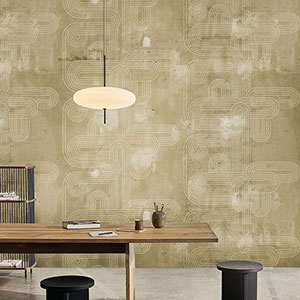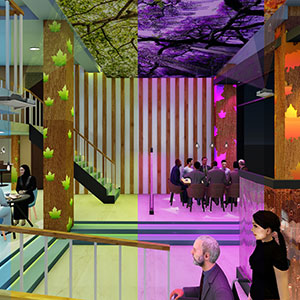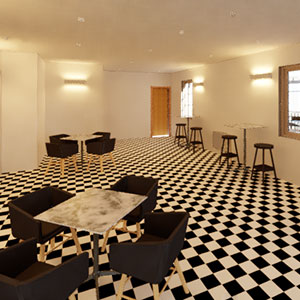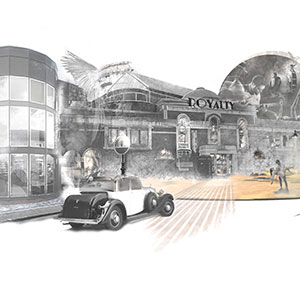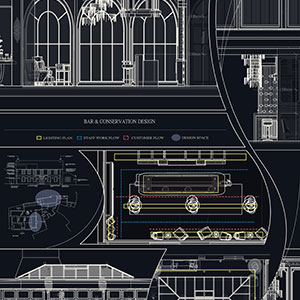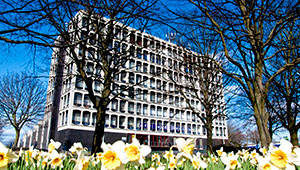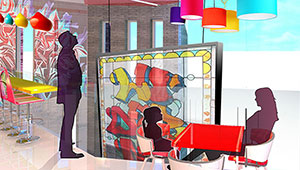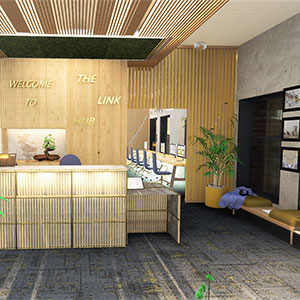

Amanda Makhila
- Course BDes (Hons) Interior Design
- mckhilla6@gmail.com
"As an interior designer I am influenced by my background of living interchangeably between two continents. I have taken the best elements of these two cultures to inspire my designs, influence by nature, texture and colour. I seek to create a balance between sustainable, innovative approaches to achieve functionality and aesthetics, whilst maintaining a sense of place for my clients."
Biophilic design is a concept used within the building industry to exploit and increase human connectivity with nature within spaces. The art of kintsugi is also known for transforming broken things into works of beauty. The chosen subject for my research was to deal with the issue of homelessness and whilst the utilitarian approach to combating homelessness has been through providing homeless shelters, the focus of this study is to provide the homeless with an environment to support reintegration back into the society through work opportunities using an existing Grade II listed building located in the Jewellery Quarter, Birmingham. From this, a question was posited to establish whether the combination of biophilic design and kintsugi could enable derelict spaces to enhance productivity and restoration of the end-user in a multi-functional workspace. This has been accomplished to a large extent and findings used to formulate the principles of the proposed design solution for the major project. The outcomes and findings of the research centred around utilising both natural and artificial lighting to reduce stress and improve vitality, breakout areas to facilitate integration and collaboration, planting to enhance air quality and work environment, and the use of colour to impact mood and productivity. There is further work to be done to establish real life data around a combination of biophilic and kintsugi being applied on multi-functional spaces being used to reintegrate the homeless back into society. However, as the application of kintsugi celebrates the past wounds as well as the imperfect, the concept of the proposed design and issue around homelessness has been concluded to blend well with kintsugi.
Product Design, Interior Design, Fashion, Textiles and Surface Pattern
Amanda Makhila / Bria Horton / Jose Luis Lima Gaspar / Lina Osman / Morgan Pickford / Muayed Hassan Mohammed / Pui Hang Tse / Rebecca Ivy Rose Lewis-Knight / Suphada Dangsuth
Wolverhampton School of Art MA Show 2021
Friday 17th September – Sunday 3rd October: Wolverhampton Art Gallery, Lichfield St, Wolverhampton WV1 1DU
MA Design and Applied Arts / MA Digital And Visual Communications
Friday 1st – Sunday 31st October: The New Art Gallery Walsall, Gallery Sq, Walsall WS2 8LG
MA Fine Art And / MA Art and Design by Research
it is a great pleasure that we are once again partnering with Wolverhampton Art Gallery and the New Art Gallery Walsall in hosting our MA Degree Shows.
British Art Show 9
22 January - 10 April 2022
We are delighted to announce that the Wolverhampton School of Art has been selected as one of the venues for the prestigious British Art Show 9! In what is a major boost and sign of recognition for arts and culture in Wolverhampton, we are proud to be hosting this prestigious touring exhibition in January 2022.
FEINART Lecture Series
The FEINART LECTURE SERIES will discuss the role, impact, and theoretical implications of socially engaged art. This series of public talks is organized by the Innovative Training Network FEINART (The Future of European Independent Art Spaces in a Period of Socially Engaged Art) jointly led by the Universities of Wolverhampton (coordinator), Zeppelin University (direction of the training programme) University Iceland, and University of Edinburgh.

This project has received funding from the European Union’s Horizon 2020 research and innovation programme under the Marie Skłodowska-Curie grant agreement No 860306


/prod01/wlvacuk/media/departments/media-and-communications/images-18-19/220325-Engineers_teach_thumbail.jpg)
/prod01/wlvacuk/media/departments/media-and-communications/images-18-19/BBR_logo_large.jpg)
/prod01/wlvacuk/media/departments/media-and-communications/images-18-19/Wolves-Story-Thumb.jpg)
/prod01/wlvacuk/media/departments/media-and-communications/images-18-19/220505-BAS9-School-Showcase-Resized.jpg)
/prod01/wlvacuk/media/departments/business-solutions/images/banners/business-we-back-you-500x250.jpg)
